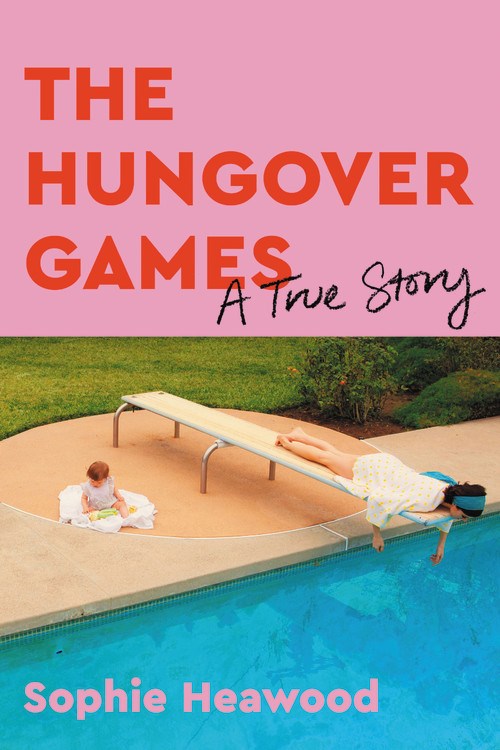Who doesn’t love a good mystery? Especially ones featuring smart, savvy female detectives. Readers who want to dig in to suspenseful and compelling crime tales with inspiring (and daring!) protagonists should add these two titles to their TBR piles.
Borrowed Time, Tracy Clark’s second novel, is a follow-up to 2018’s well-received Broken Places but also stands on its own as an entertaining introduction to a new author on the mystery beat. Protagonist Cass Raines is a 34-year-old African American ex-cop-turned-PI. She’s still recovering from her previous case by lying low and delivering summonses in amusingly creative ways. She also hangs out at her favorite diner, complete with crotchety owner and no-nonsense waitress, plus a goofy 20-something delivery guy named Jung.
And that’s where the trouble begins, as Jung’s wealthy, terminally ill friend Tim Ayers has just died. The police quickly ruled it suicide, but Jung thinks it was murder and wants Cass’ help. She demurs but is reluctantly intrigued when she realizes Tim is estranged from a well-known Chicago family with enough political pull for a cover-up—and when bizarre things start happening after she asks just a few preliminary questions.
Strange goings-on escalate into dangerous ones, and Clark takes readers on a suspenseful, often wild ride as Cass pushes for truth and justice. Fans of Sue Grafton and Sarah Paretsky will delight in the snappy first-person narration and wry wit—and fans of mysteries in general will be happy to discover a writer who deftly combines clever crime-solving, stress-inducing action sequences, nail-biting suspense and lots of love for Chicago.
In fellow Chicagoan Charlie Donlea’s newest mystery, Some Choose Darkness, two highly intelligent women—both regarded as odd, both frequently underestimated—join forces across the decades in an unusual take on the serial-killer cold-case trope.
Five young women go missing in Chicago during the summer of 1979, presumed murdered by a man dubbed The Thief. Angela Mitchell battles debilitating OCD as she works to solve the case. The amateur sleuth has an unrelenting sense that she can find the truth, and she does—but alas, she goes missing before she can serve as a witness. However, thanks to her work, The Thief is jailed for her murder. Forty years later, in 2019, he is eligible for parole.
Also in 2019, we meet Rory Moore, a forensic reconstructionist, bar none, who’s taking a rest period between cold cases and focusing on restoring antique porcelain dolls. Her boss at the Chicago Police Department brings her a damaged doll that doubles as an effort to lure her back to work. It belongs to a man whose 22-year-old daughter was found dead in Grant Park in 2018.
Rory begins to restore the doll—and then learns her father has been The Thief’s lawyer all these years. This revelation kicks off a determination to solve the cold cases from 1979, including that of Angela Mitchell. Suspense builds, clues mount and danger lurks seemingly everywhere as the story nimbly toggles between then and now, revealing the indelible marks the past can leave on the present. Also worthy of note: both women’s neuroatypicality is described in often moving, always respectful detail.
As secrets are revealed and mysteries unfold, many paths are explored and seeming dead ends sprout gasp-inducing new possibilities. Wannabe detectives will enjoy feeling as if they’re investigating and risk-taking right along with Angela and Rory in Donlea’s twisty-turny mystery.








 Society journalism—that is, the gossip pages—doesn’t carry the same gravitas as other areas of journalism. That might change with Gatecrasher. Author Ben Widdicombe, a former gossip reporter, shares lessons about the world’s wealthiest people gleaned from attending Academy Awards parties, lunches at Elaine’s and weddings at Mar-a-Lago for the past two decades.
Society journalism—that is, the gossip pages—doesn’t carry the same gravitas as other areas of journalism. That might change with Gatecrasher. Author Ben Widdicombe, a former gossip reporter, shares lessons about the world’s wealthiest people gleaned from attending Academy Awards parties, lunches at Elaine’s and weddings at Mar-a-Lago for the past two decades. British writer Sophie Heawood was living her dream, working as a journalist covering the entertainment industry in LA. She wrote breezy celebrity profiles, went out every night and came home to her tiny Sunset Boulevard apartment.
British writer Sophie Heawood was living her dream, working as a journalist covering the entertainment industry in LA. She wrote breezy celebrity profiles, went out every night and came home to her tiny Sunset Boulevard apartment. Do you think helmets are for wimps and seat belts are for suckers? Is following rules something other people do? If your answer is “Hell, yeah!” then you would’ve loved Action Park, a 35-acre New Jersey amusement park that provided dangerous entertainment for 20 crowded, wild summers beginning in 1978. Gene Mulvihill was the charismatic, impulsive, creative, law-avoiding, retail magnate, millionaire founder, and Andy Mulvihill, who wrote Action Park with journalist Jake Rossen, is his son.
Do you think helmets are for wimps and seat belts are for suckers? Is following rules something other people do? If your answer is “Hell, yeah!” then you would’ve loved Action Park, a 35-acre New Jersey amusement park that provided dangerous entertainment for 20 crowded, wild summers beginning in 1978. Gene Mulvihill was the charismatic, impulsive, creative, law-avoiding, retail magnate, millionaire founder, and Andy Mulvihill, who wrote Action Park with journalist Jake Rossen, is his son.








